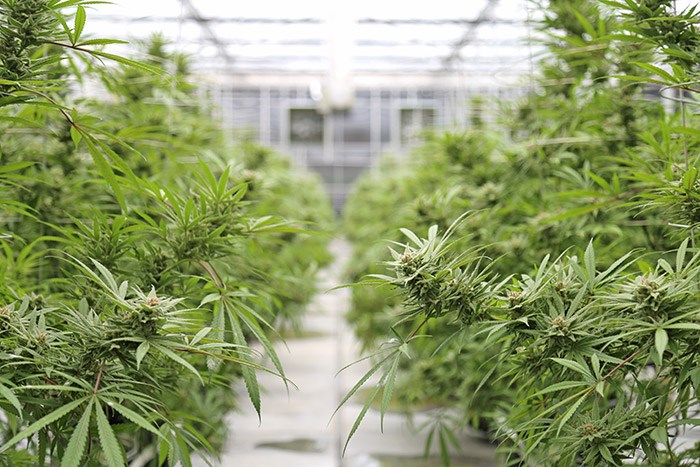Any idea what volatile organic compounds are?
Me, neither.
How about cannabis?
Duh.
So what’s the connection?
This is supposed to be the sentence where I marry volatile organic compounds with cannabis to give you some sense of where I’m going with this bit of matrimonial intrigue.
Let me take another sentence to do that…
Volatile organic compounds are “odorous air contaminants emitted during cannabis production and processing.”
Those same compounds “may contribute to the formation of harmful ground-level ozone and fine particulate matter through reactions with other substances and sunlight in the lower atmosphere.”
One more quote: “Emissions most notably occur during the flowering and harvesting phases, during which high levels of a group of volatile organic compounds called terpenes can be produced.”
I learned that from reading a report that goes before the Metro Vancouver Regional District board of directors March 29 titled, A Proposed Emission Regulation for Cannabis Production and Processing Operations in Metro Vancouver.
Now that the recreational use of cannabis is legal, the region’s agency that monitors air quality has some concerns about the mass production of the plant. Because, as the report states, cannabis production has the potential to cause negative air quality impacts if emissions are not adequately controlled.
I could make a joke here about all those illegal grow-ops I wrote about over the years, and how air quality in and outside the houses and garages full of plants was not exactly lung-friendly and more of a concern for police than the Metro Vancouver agency.
But that was another time, people.
Here’s the concern today.
“In the Metro Vancouver region, a number of greenhouses formerly used for vegetable production have been retrofitted for cannabis production, yet were not designed or constructed to collect and treat air contaminants,” the report said. “Metro Vancouver, as well as member municipalities, have received complaints about odorous emissions from cannabis production operations.”
To understand more about “negative air quality impacts,” let’s go back to volatile organic compounds for some insight. Apparently, a cannabis plant less than two metres in size emits 57 grams per kilogram mass per year of volatile organic compounds, as compared to a tomato plant of the same size, which emits 1.5 grams per year.
A Douglas fir the size of a Christmas tree emits 11 grams per year.
Not being a scientist, I’m assuming this level of emissions is a big deal.
So to ensure cannabis producers don’t become environmental scofflaws and create air pollution, the report—which is really a discussion paper at this stage—outlines a series of proposals to control emissions.
I won’t name them all because most are common sense, including enclosing all cannabis processing in structures and to be located more than 200 metres from land zoned for residential use, hospitals, schools, daycares, playgrounds and senior care facilities.
Some of the other recommendations:
- Enclose all cannabis waste management activities, including composting, in structures when conducted on a property where cannabis is produced or processed.
- Equip structures with rapidly closing doors or a double-door system that provides a barrier to the escape of air contaminants from inside the structure.
- Submit a comprehensive air emission management plan certified by a qualified professional to control odorous air contaminants and other emissions.
And how exactly would these cannabis facilities be monitored?
I had a chuckle at the answer, which gives a shout-out to the body’s primary organ of smell.
“Assessment of the presence of recognizable odorous air contaminants beyond the property boundary that can be attributed to the facility on the balance of probabilities could be conducted by an approved person through a standard procedure using the human nose, or other instruments.”
The discussion paper can be read here.
@Howellings



